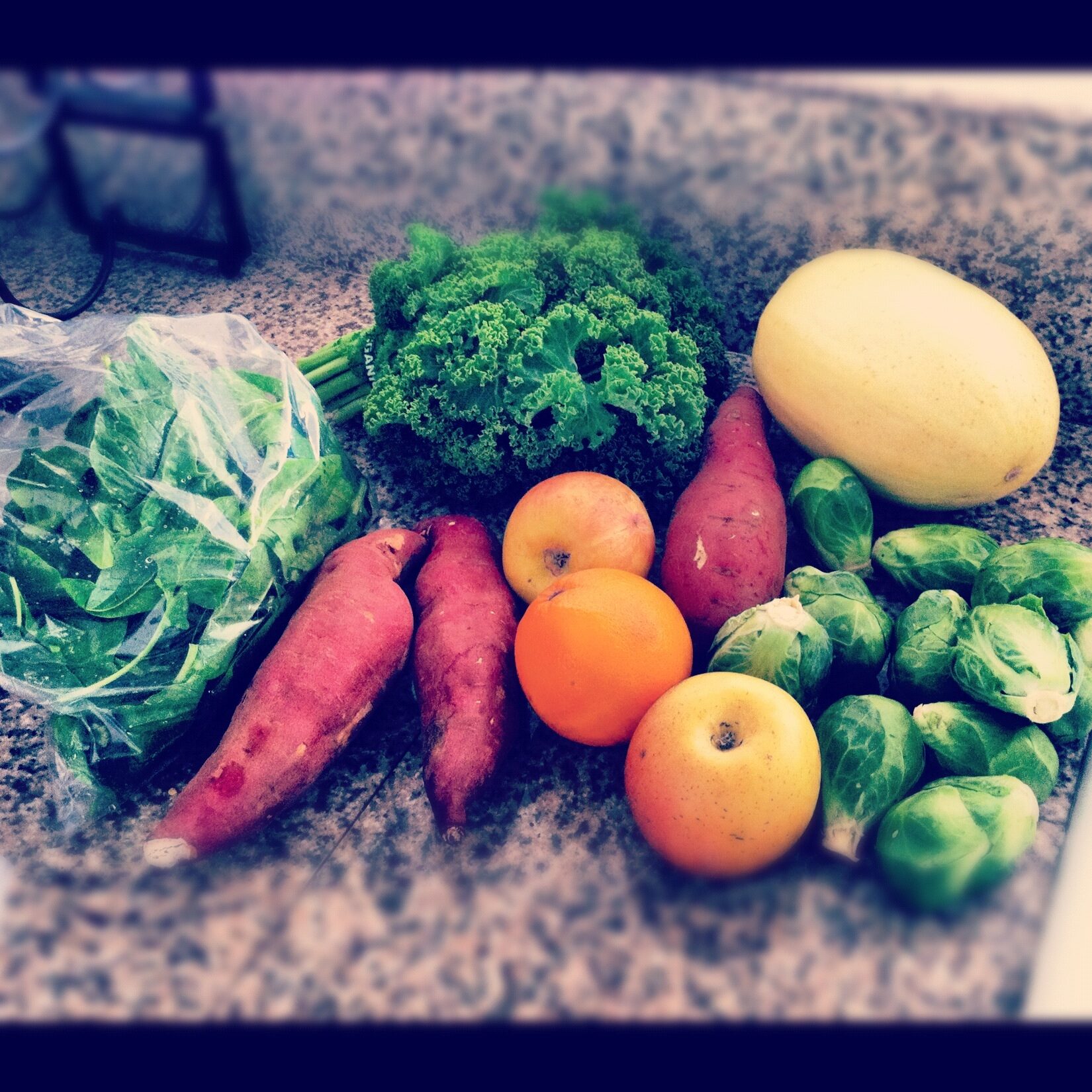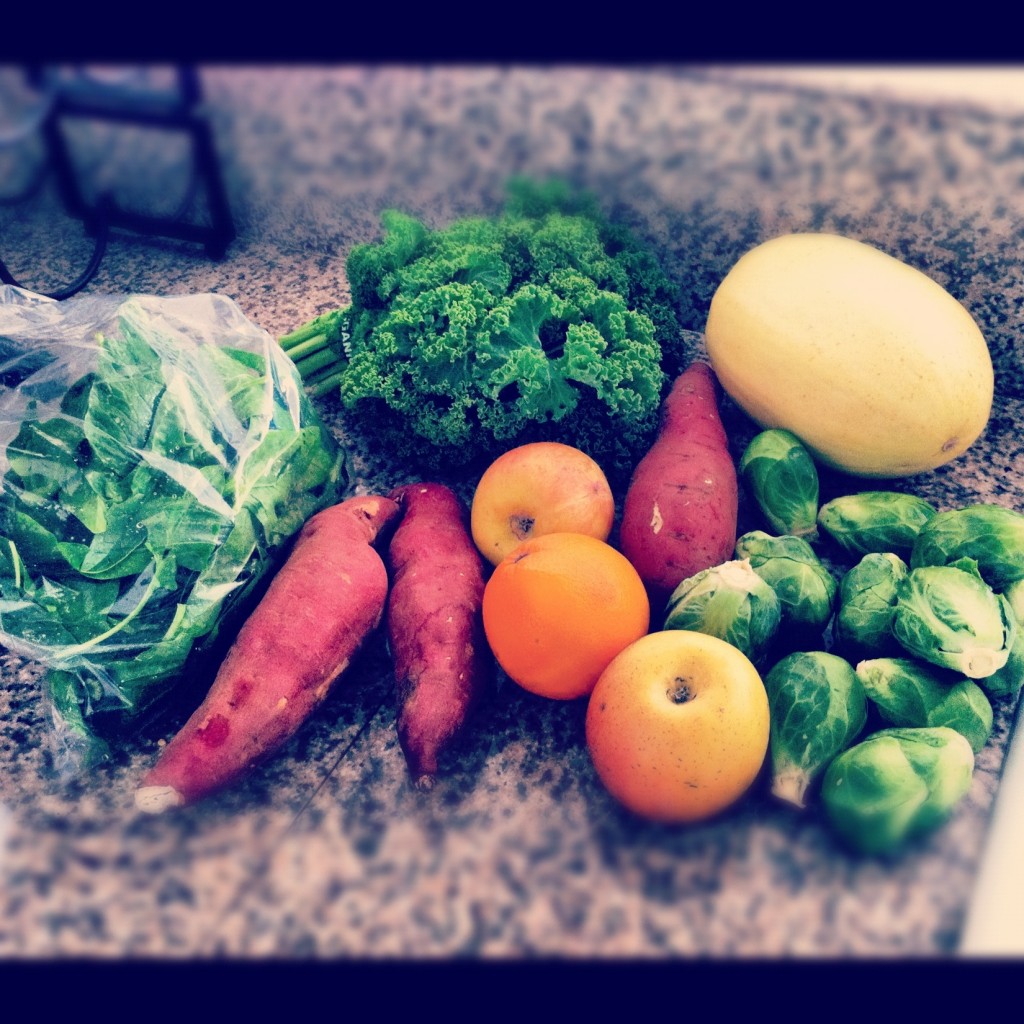I visit my local farmer’s market once a week. I don’t buy everything there–that’d be a little difficult–but I know that there are certain foods we consume that hands-down should be organic, while other foods you can get away with non-organic choices because of the way they’re harvested, etc. For example, go organic with apples, as the non-organic apple is laden with pesticides when they’re in orchards. Buying organic has perks beyond keeping your body free of pesticide toxins and harmful chemicals. You support local agriculture, ethical treatment of animals, well-being of farmers and their families, and prevent more use of pesticides in farming.
But I’m sure what drives most of us to consider organic is our own health and that of loved ones. According to the EPA, the potential risks of pesticides to humans include: harm to the nervous system and endocrine system (hormonal balance), increased risk of immune disorders, irritation to skin, ingesting carcinogens and the list goes on.
Compared to something like the flu, for example, a lot of these issues are hard to detect. You could have a nagging issue that you think is “just part of who you are” but with the right diet tweaks, the issue could disappear and health improve. You’ll never know unless you try. Making organic choices is also taking preventive action at decreasing your risk of certain diseases. Personally, I’ve slowly made the shift to a more organic diet (not 100%) and hands down notice a difference in my health, energy levels, skin complexion, etc.
The Price of Organic
I get it, though: Most organic options cost a bit more, especially in stores. However, you can definitely find some good deals at your local farmer’s market (I bring a $20 bill and can easily get enough food that will last over a week). And shopping at the farmer’s market has the added bonus of FREE samples!
That said, now the good news: Some non-organic foods are totally acceptable to buy and safe to consume (just wash), and you can save a few bucks. The non-organic choices have been tested and are shown to have very little if no pesticide residue, making them safe to consume. Reason being? The skin of some of the non-organic choices–i.e. pineapple–is a good protector, or some choices, like asparagus, have little risk of infestation and can be harvested cleanly.
It’s just a matter of knowing what to choose. Cut out this list and keep it with you when you go to the store…
~~~
Organic vs. Non-Organic Guide
Buy Organic
1. Apples
2. Beef and other meats
3. Bell peppers
4. Blueberries
5. Brussels Sprouts
6. Carrots
7. Cauliflower
8. Celery
9. Chicken
10. Cucumber
11. Fish (wild caught)
12. Grapes
13. Greens/Lettuce (Spinach, Kale, etc)
14. Milk
15. Oranges/Tangerines
16. Peaches
17. Pears
18. Popcorn
19. Strawberries
20. Tomatoes
Safe Non-Organic Food Choices
1. Avocado
2. Asparagus
3. Bananas
4. Broccoli
5. Cantaloupe
6. Cabbage
7. Grapefruit
8. Eggplant
9. Kiwi
10. Mango
11. Mushrooms
12. Onions
13. Peas
14. Pineapple
15. Sweet potatoes
16. Watermelon
—
Main Source: Environmental Working Group


